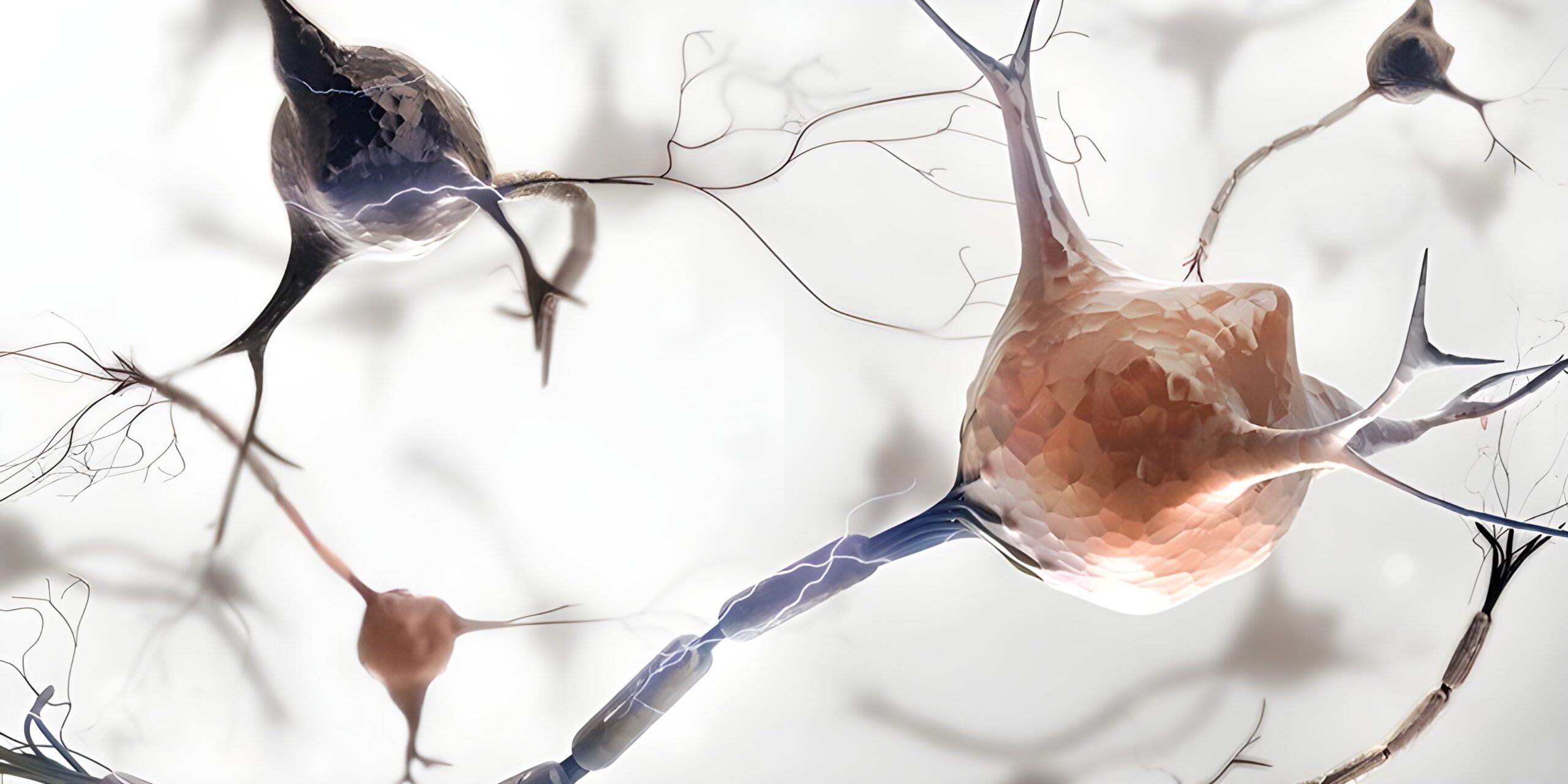Clinical diagnostics can be compared to puzzles: in a puzzle it is often important to find prominent puzzle pieces and to arrange them correctly. Over time, an overall picture emerges. In clinical diagnostics, the elements are given on the one hand by the question posed, then in particular by the field of life and its history, but also by cognitive, behavioural and emotional descriptions. In addition to these subjective elements, it is possible to add objective brain data which provide additional insights into the context. Recent studies worldwide point to the renaissance of EEG and ERP based examination techniques.

About a year ago, the GTSG published a scientific paper in a renowned journal, which shows the development and use of evidence-based diagnostics. Since then, the criticism has eased considerably and interest, especially from affected patients, has increased significantly. Experience also shows that the skilful use of the various neurobiological approaches as a supplement to conventional diagnostics leads to better and more precise insights into the processes.
The approach we advocate is exactly the same as that proposed for the future by the American National Institute of Mental Health (NIMH). Individual functional areas (e.g. attention, memory, cognitive control) should be better described in order to enable a deeper understanding.
